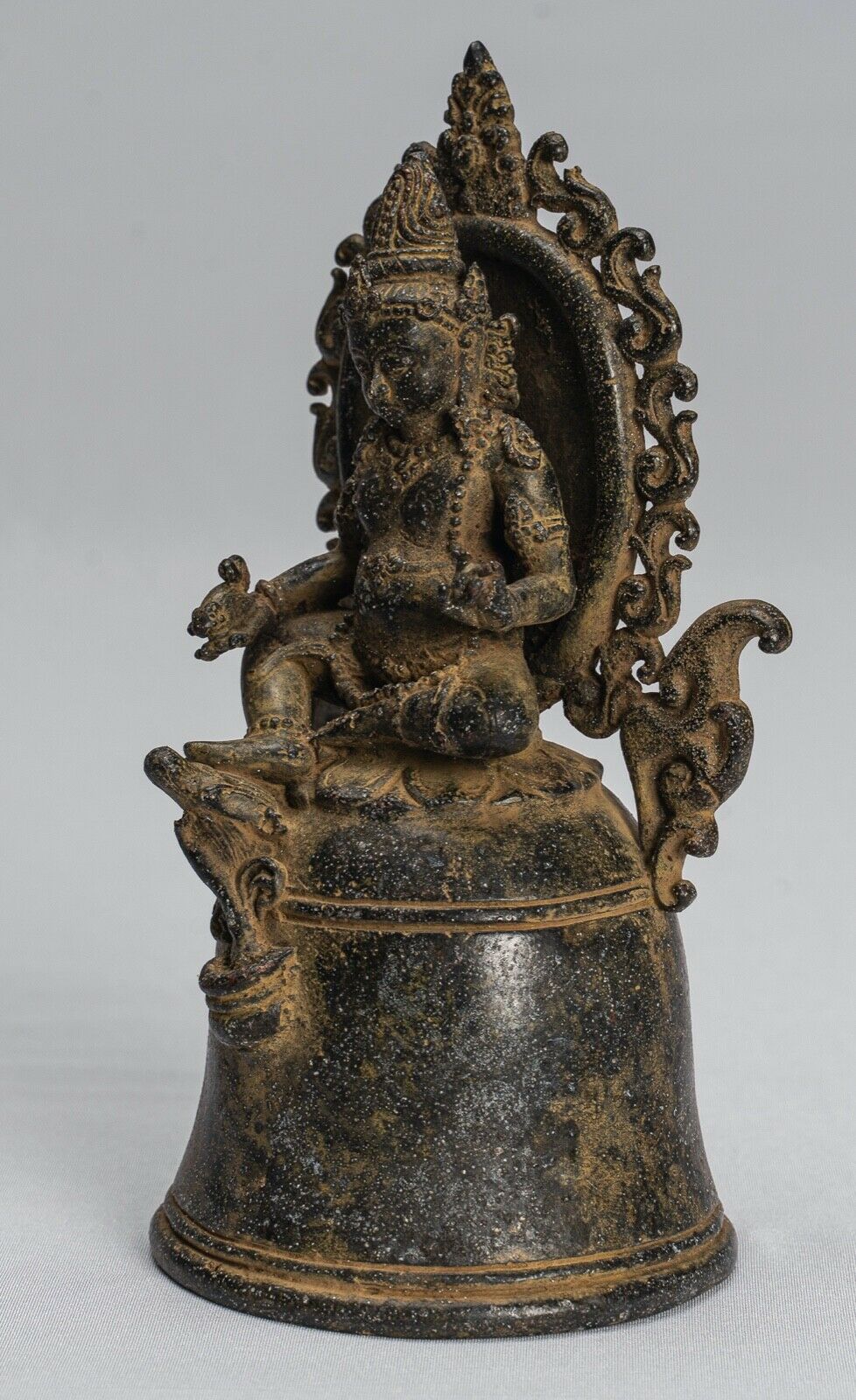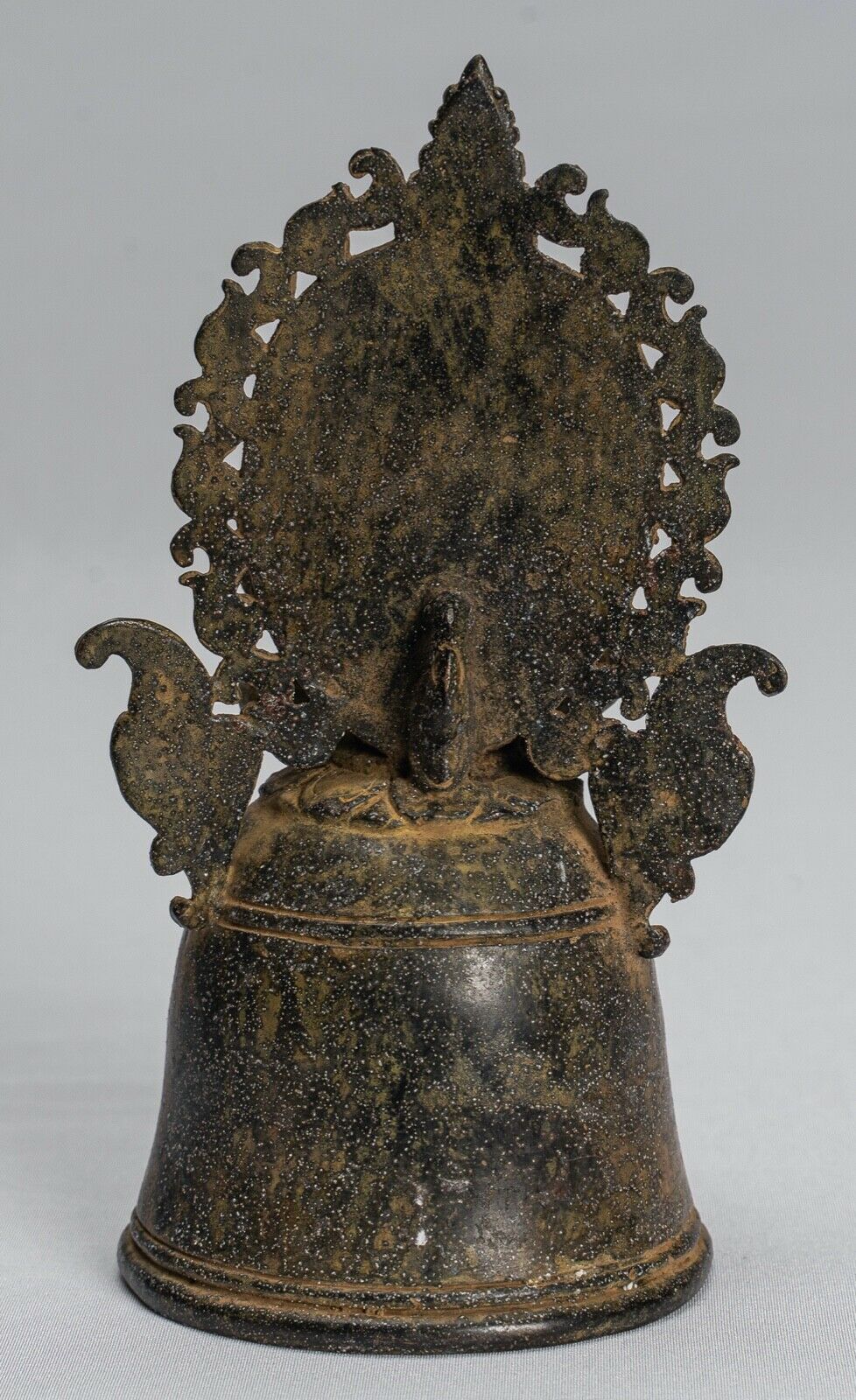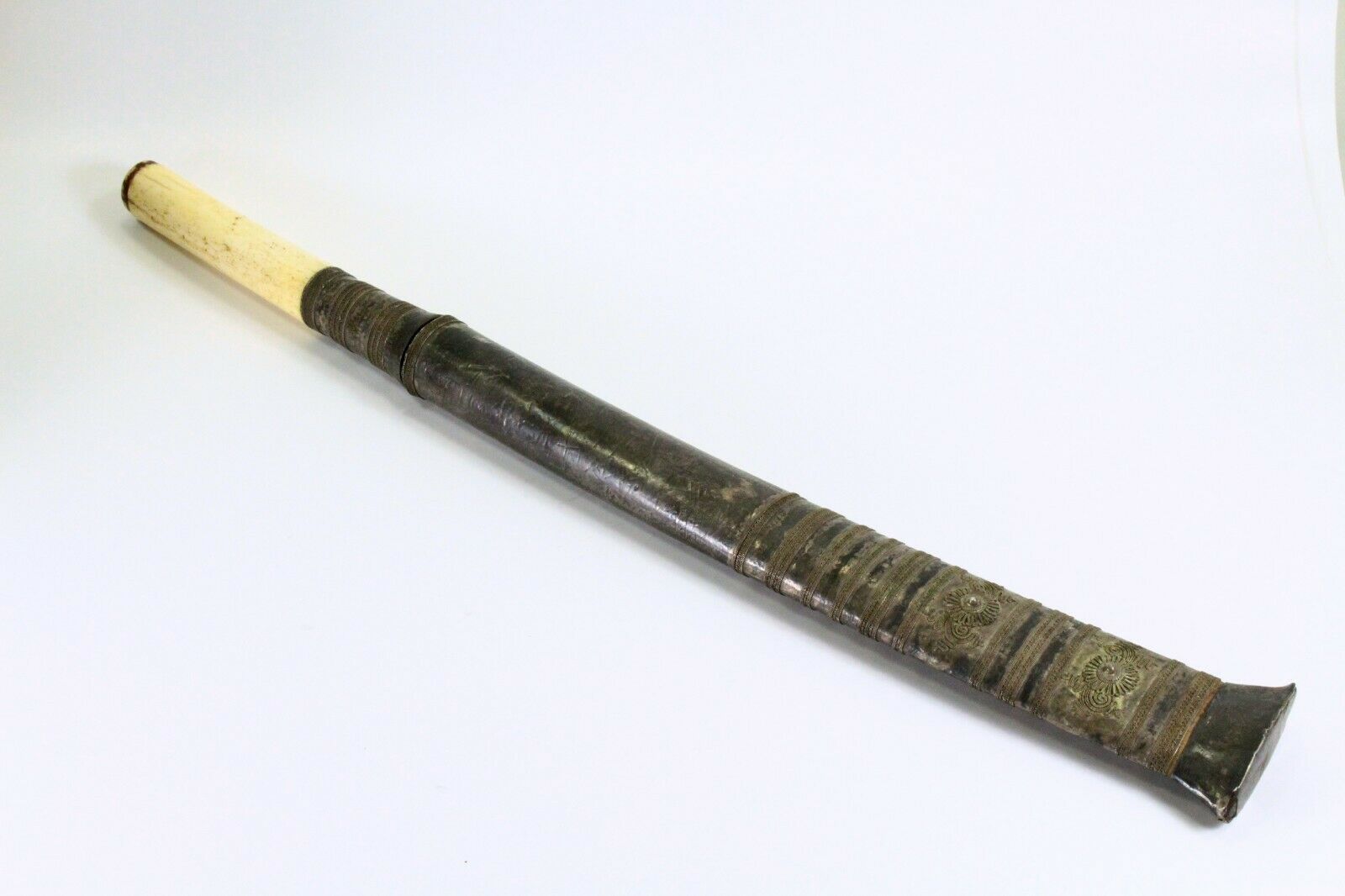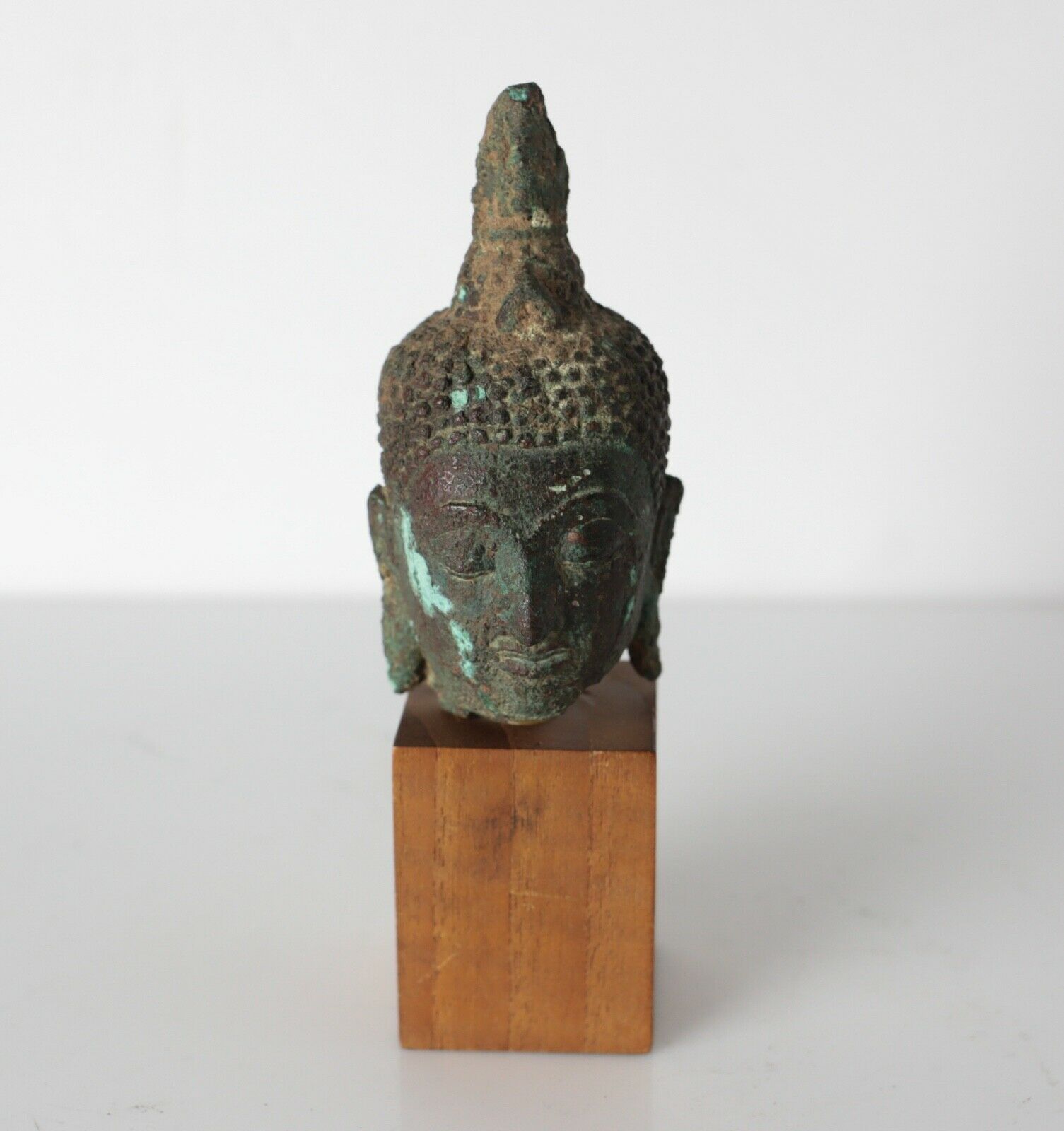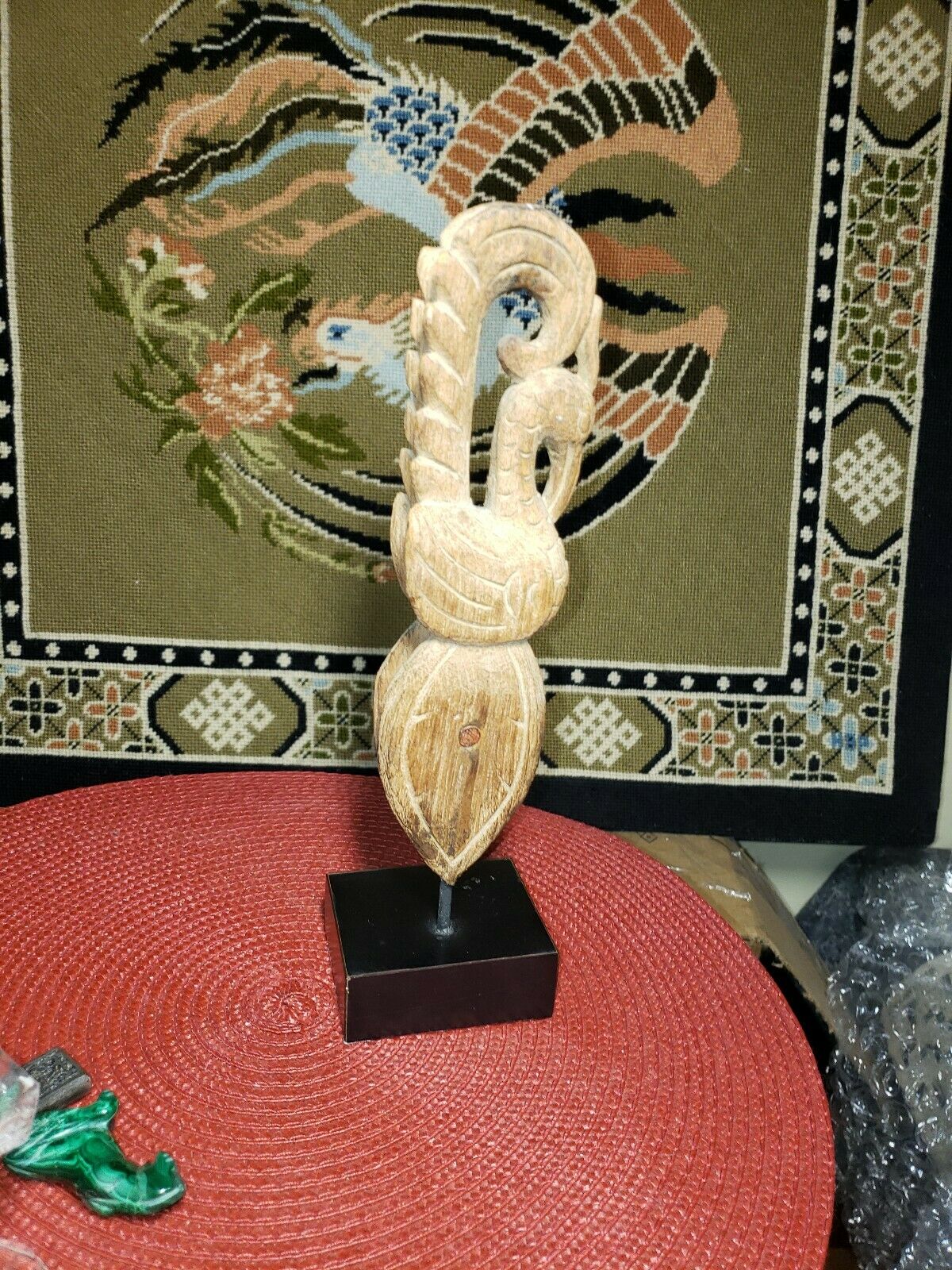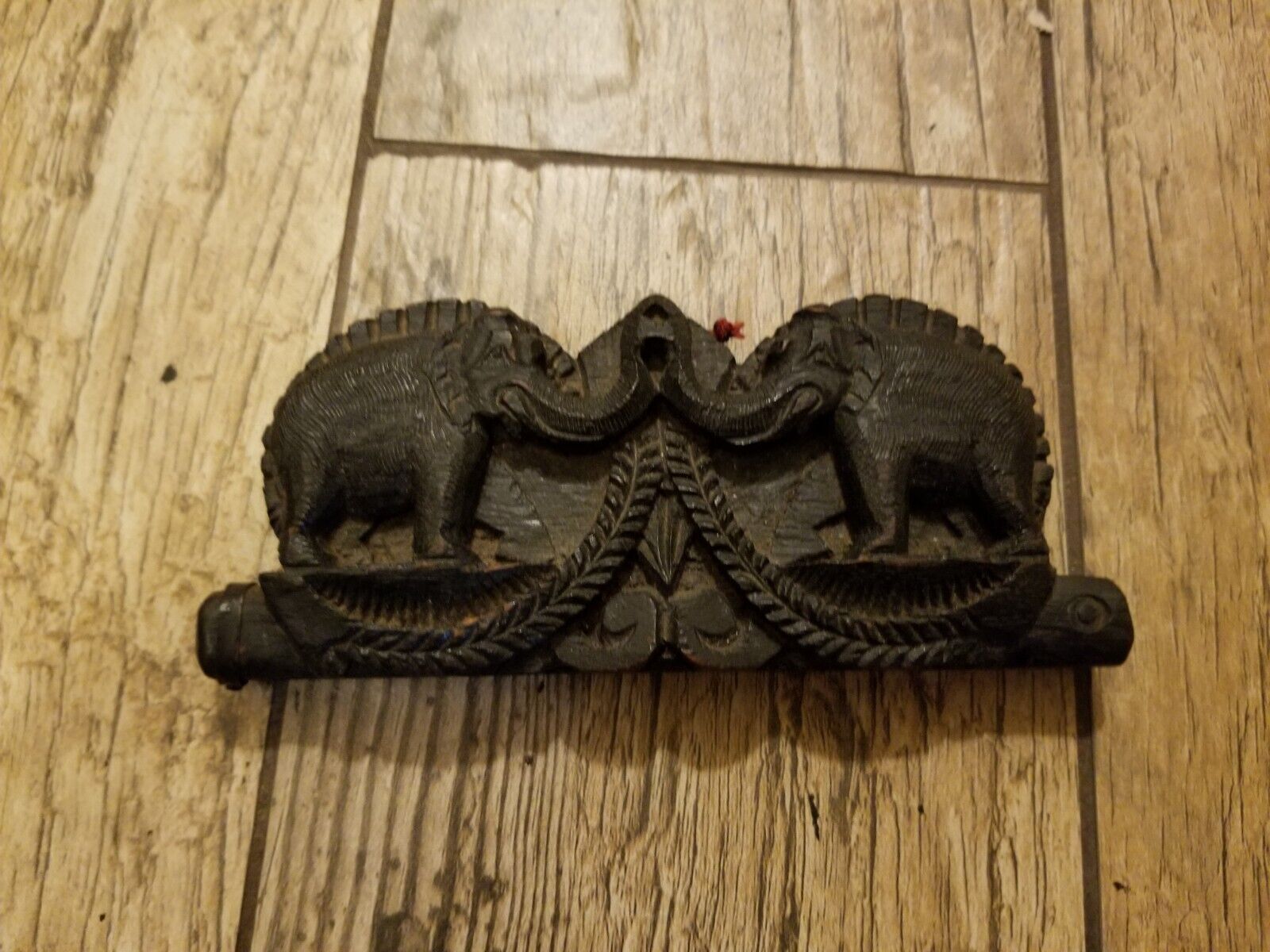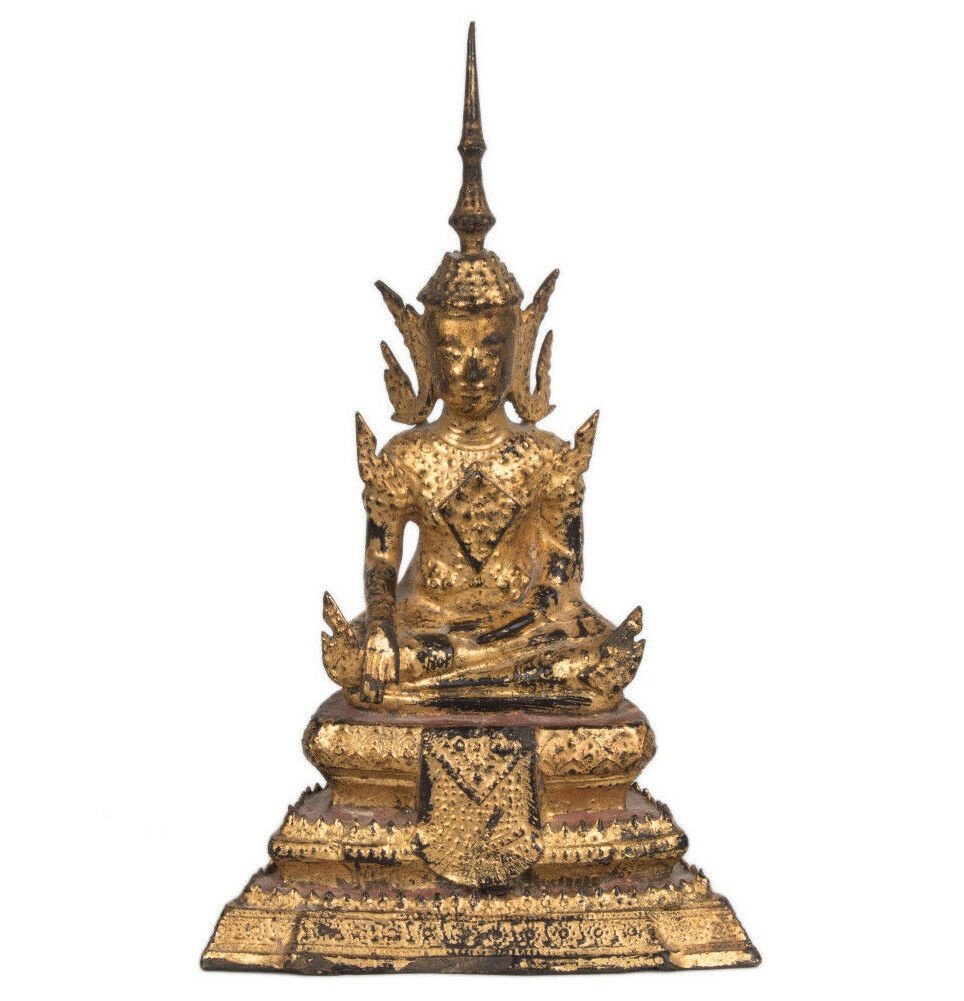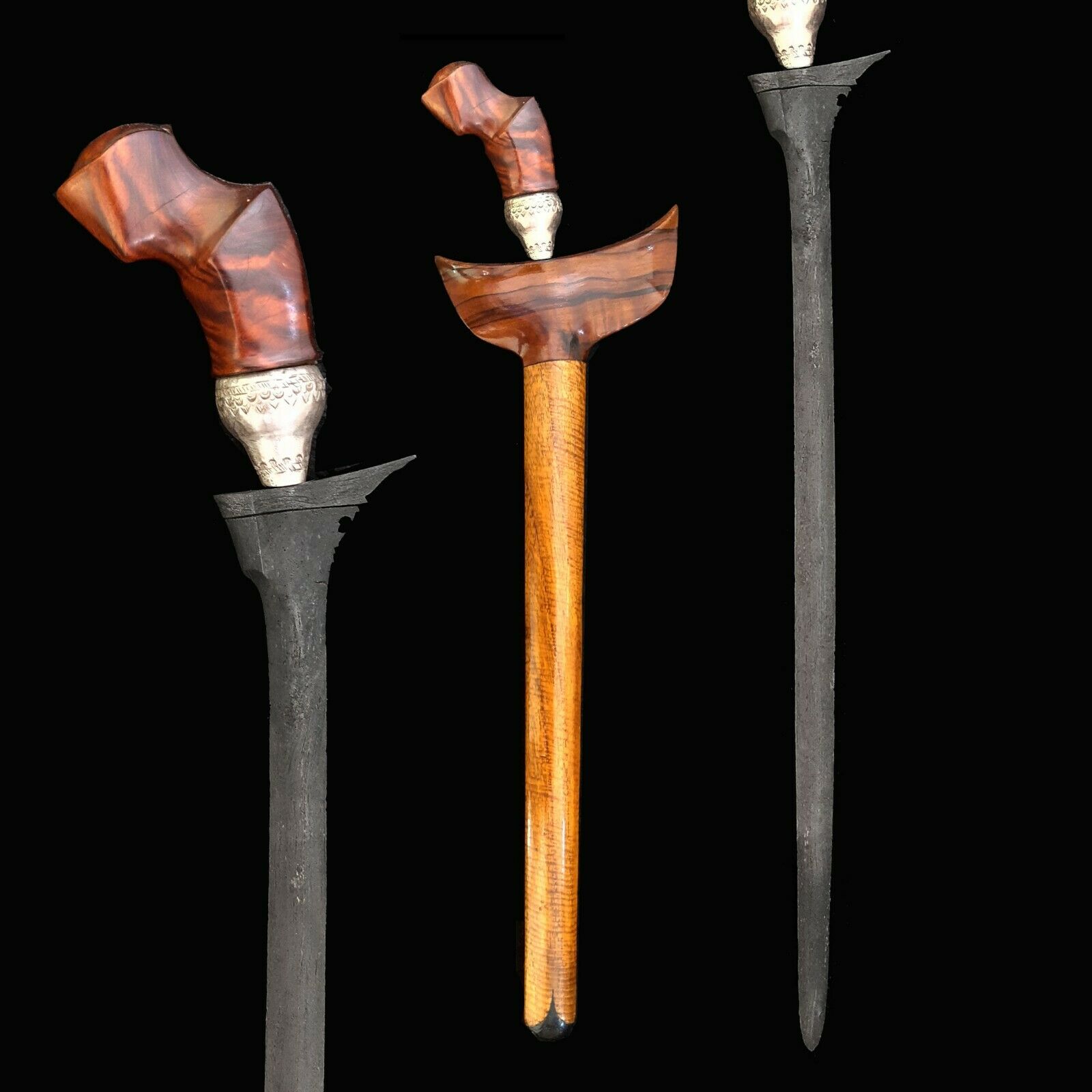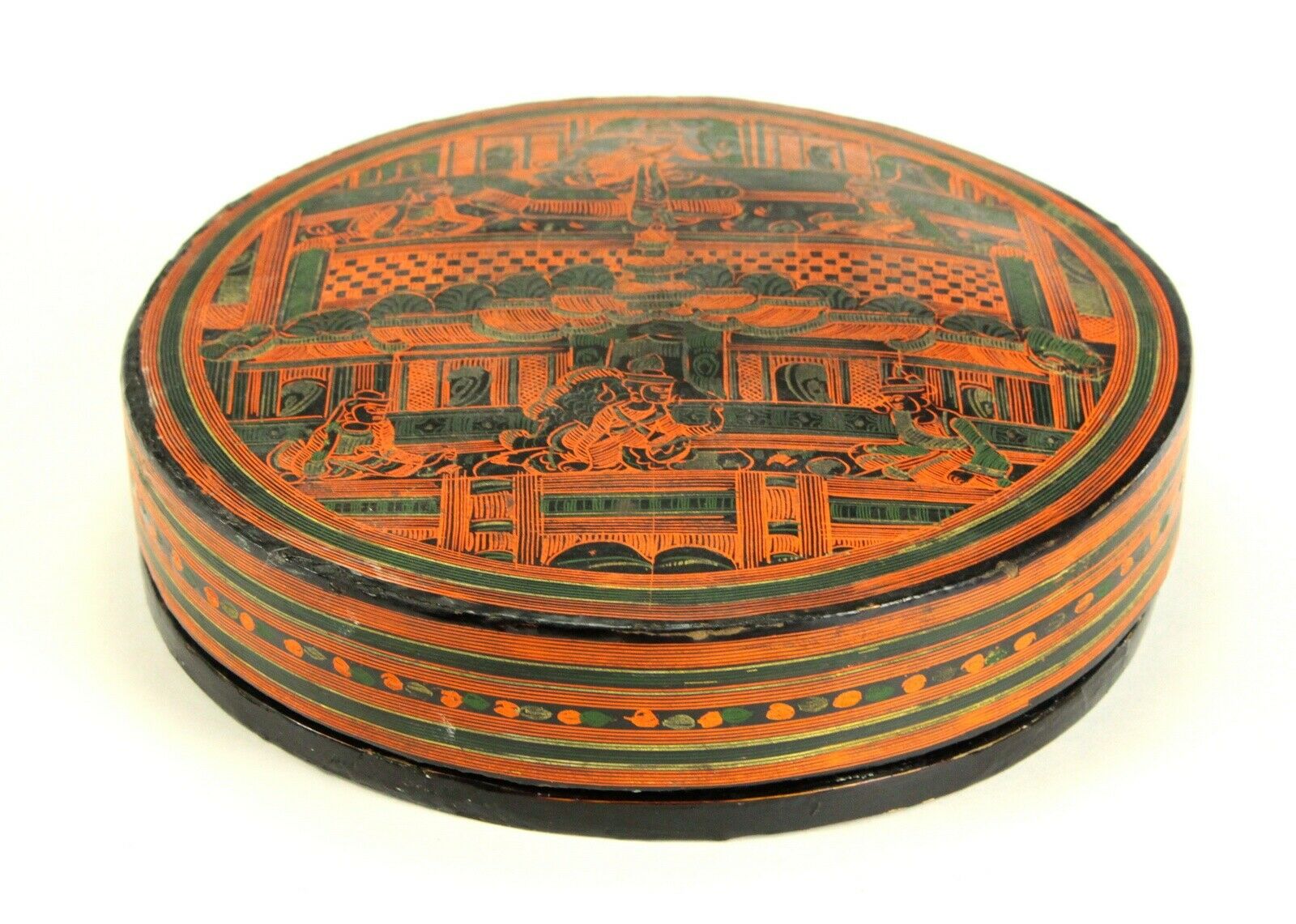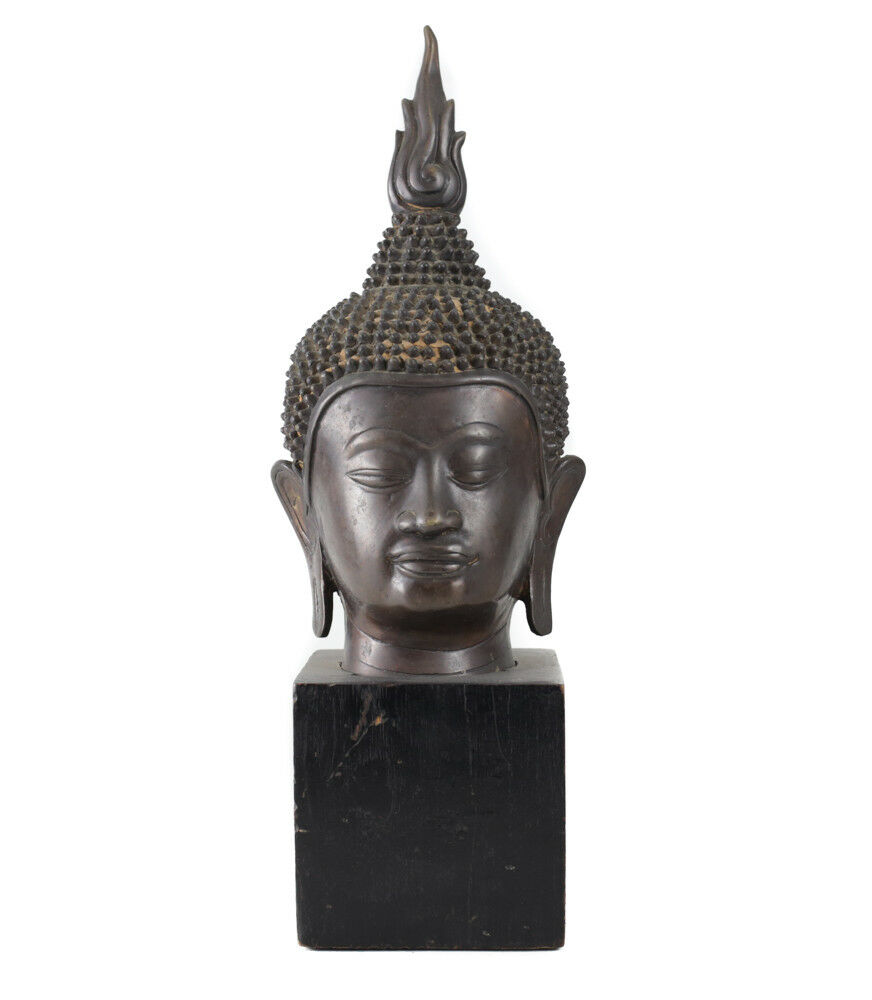-40%
Antique Java Majapahit Style Seated Jambhala Statue God of Wealth - 16cm/6"
$ 312.75
- Description
- Size Guide
Description
Antique Java Majapahit Style Seated Yellow Jambhala Statue God of Wealth - 16cm/6"Measures – (Height) 16
cm/6”
An antique Majapahit style Jambhala (also known as Dzambhala, Dzambala, Zambala or Jambala) from Java, Indonesia.
Jambhala is the God of Wealth and appropriately a member of the Jewel Family. He is sometimes equated with the Hindu deity Kubera. Jambhala is also believed to be an emanation of Avalokitesvara, the Bodhisattva of Compassion.
Jambhala is a Bodhisattva of material and spiritual wealth as well as many other things, especially of granting financial stability.
Here we see the Yellow Jambhala. He is considered the most popular and powerful of the Wealth Gods. An emanation of Buddha Ratnasambhava. He can move poverty within the six realms, increasing virtues, life span and wisdom.
He is also said to be an emanation of Vaisravana, one of the "Four Great World-protecting Heavenly Kings". He is the guardian of light in Buddhism, a great charitable deity who grants fortune and protection. Lord Vaisravana lives in the northern region under the Four Heavens, at the northern crystal palace on the fourth level of Mount Sumeru. His servants are either
yaksas
or
bhaisajya-yaksas
.
According to the commentary on Lotus Sutra, this heavenly king is extremely knowledgeable as his perpetual protection of the Buddhas has enabled him to receive many teachings.
Here Yellow Jambhala sits in the
vajra
position with his right leg is panhandle, resting on a lotus flower and his left leg is kinked. He has one face and two arms. His right hand is held
in the dharmachakra mudra. In sanskrit dharmachakra means the 'Wheel of Dharma'. This mudra symbolises one of the most important moments in the life of Buddha, the occasion when he preached to his companions the first sermon after his Enlightenment in the Deer Park at Sarnath. It therefore denotes the setting into motion of the Wheel of the teaching of the Dharma. In this mudra the thumb and index finger touch at their tips to form a circle. This circle represents the Wheel of Dharma, or in metaphysical terms, the union of method and wisdom.
This symbolises generosity.
His left hand holds gems wrapped in a lotus leaf.
He is seated on a round lotus flower base, symbol of fertility.
Scholarly Reference:
New York Metropolitan Museum Collection - Accession Number: 1987.142.175
Christie's Auction House - Sale 16002 (September 2017) -
The Collection of Paul F. Walter
This traditional in appearance piece is sure to bring serenity to your home, office or sacred place.
We have other Hindu & Buddhist statues available. Please visit our eBay store to see our current Collection.
SATISFACTION GUARANTEE - We have been offering SE Asian Art, through our website and eBay, for many years and are proud of the reputation we have developed for fair and honest listings. However, if for any reason, whatsoever, you are unhappy with your purchase please just let us know and we will provide a full refund. We want you to be 100% happy with your purchase.
Please check out our other listing where we have other beautiful Asian pieces available.
For more beautiful Asian Art –
https://stores.ebay.co.uk/hdasianart/
Happy to ship worldwide.
Postage discounts apply for multiple purchases. Please message with any questions.
Thanks for your interest.
HD Asian Art
SCBR3331
He is also said to be an emanation of Vaisravana, one of the "Four Great World-protecting Heavenly Kings". He is the guardian of light in Buddhism, a great charitable deity who grants fortune and protection. Lord Vaisravana lives in the northern region under the Four Heavens, at the northern crystal palace on the fourth level of Mount Sumeru. His servants are either yaksas or bhaisajya-yaksas. Here Yellow Jambhala sits in the vajra position with his right leg is panhandle, resting on a lotus flower and his left leg is kinked. He has one face and two arms. His right hand is held in the dharmachakra mudra. In sanskrit dharmachakra means the 'Wheel of Dharma'. This mudra symbolises one of the most important moments in the life of Buddha, the occasion when he preached to his companions the fi

